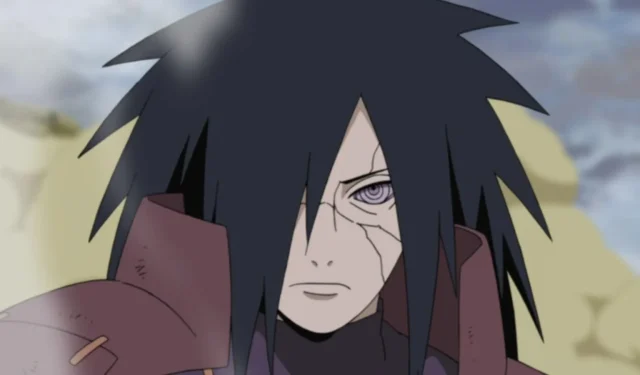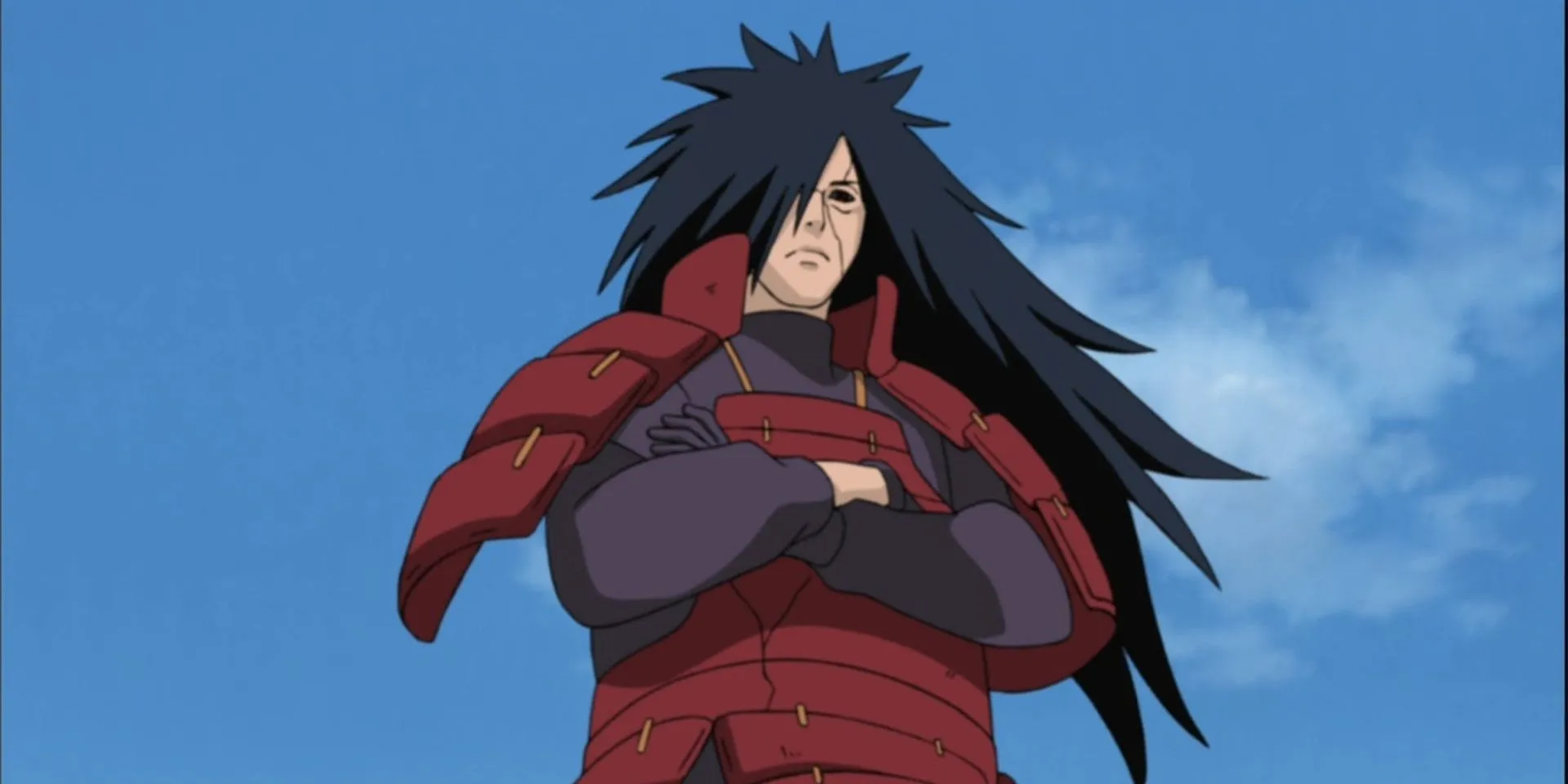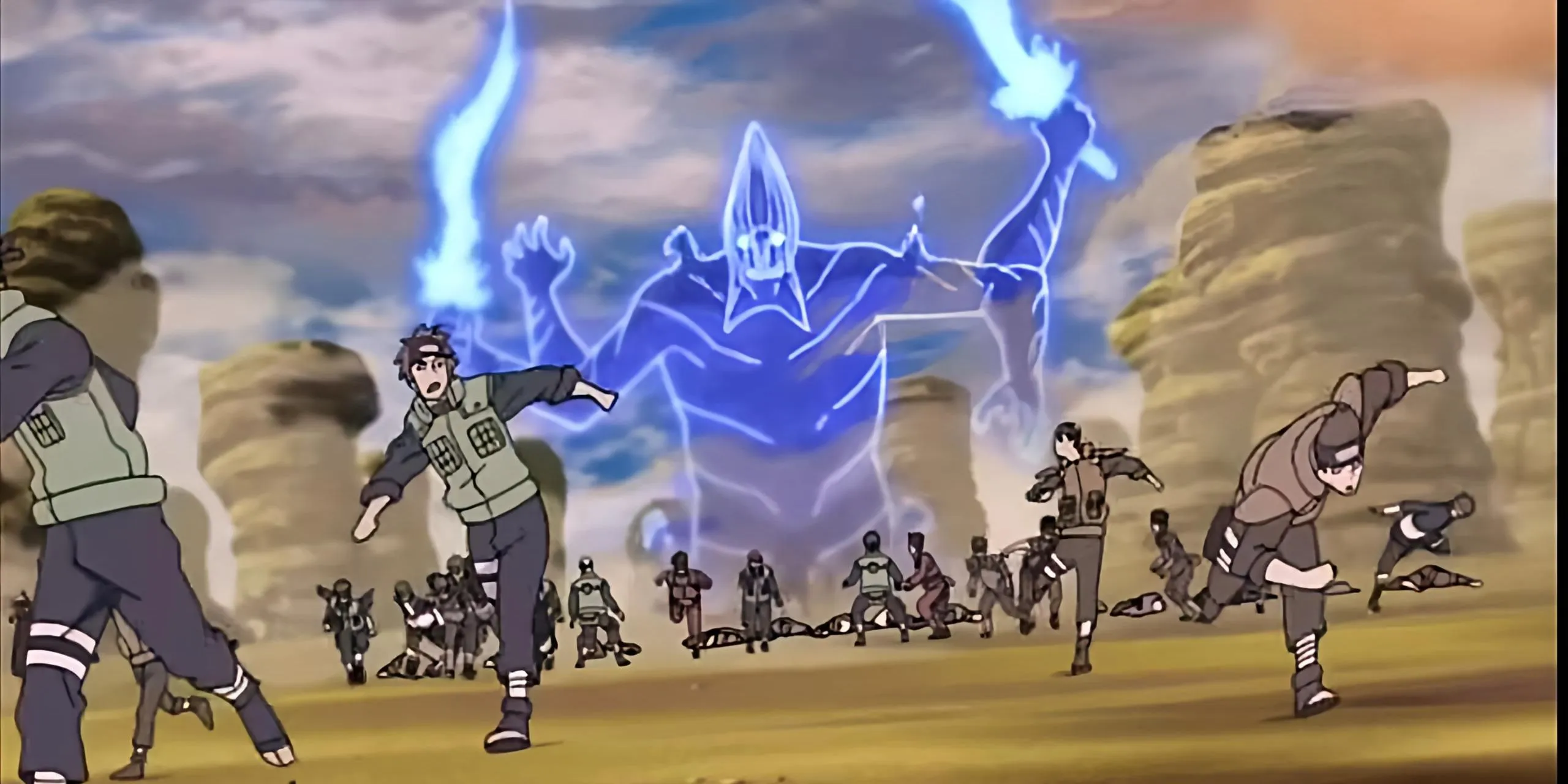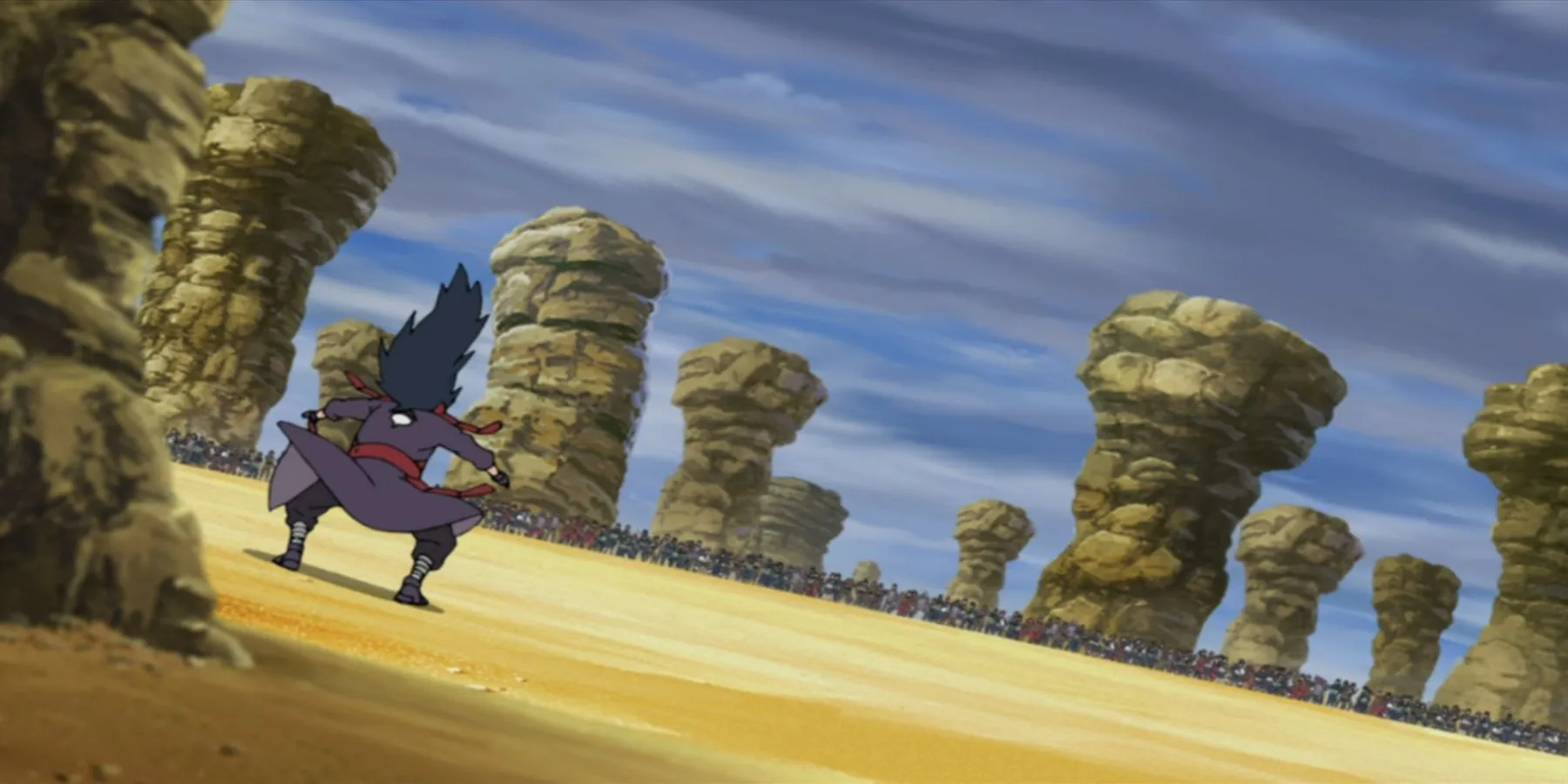
Key Takeaways
- Madara Uchiha’s unparalleled strength united all Shinobi nations during the Fourth Great Ninja War.
- He demonstrated overwhelming dominance over the Allied Shinobi Forces, effortlessly overpowering them in combat.
The universe of Naruto is teeming with rich lore and legendary figures who shaped the ninja world. Central to this epic narrative is Madara Uchiha, a name synonymous with immense power and battlefield prowess. His skills were so formidable that he became a key figure in the stories of ancient ninja wars. Standing among the elite alongside Hashirama Senju, the series’ first Hokage, Madara’s ability to control the Nine-Tails while simultaneously engaging in fierce battles was the stuff of legends. Tales spoke of his prowess allowing him to fight tirelessly for days on end.
The emergence of Tobi claiming to be Madara led the entire ninja world to rise against this perceived threat. However, it was during the Fourth Great Ninja War, following a resurrection jutsu performed by Kabuto Yakushi, that the true Madara rose again. His intense confrontations with the Allied Shinobi Forces in Naruto Shippuden marked pivotal moments in anime history.
The Significance of Madara Uchiha
More Than Just a Legend




Prior to his resurrection, Madara’s name resided in the realm of legend, his true capabilities largely misunderstood by contemporary ninjas. Tobi’s adoption of the name and claims of identity sparked a new conflict among the five major ninja nations, forcing them to unite against a common enemy for the very first time.
The Valley of the End monument stands as a testament to the awe-inspiring strength of both Madara and Hashirama, invoking curiosity regarding their legendary status. As the Fourth Great Ninja War unfolded, the enigmatic figure of Tobi morphed into the actual Madara Uchiha, instilling fear into the hearts of the Allied Shinobi Forces.
As the scene unfolds, we witness Madara surveying the Shinobi army, visibly unimpressed by their growth in his absence. With Naruto and his allies trembling at the prospect of facing such a colossal threat, Madara steps down from the cliff to engage them on equal footing. His gaze, penetrating through his Sharingan, builds palpable tension among the warriors below, many of whom respond with fear and apprehension.
Madara’s powerful approach sends shockwaves through the ninja ranks. As he descends, a group of daring warriors charges at him, only to be met with a display of his unparalleled might. With a mere flick of his power, bodies are hurled into the air as Madara effortlessly dismantles his opponents. Engaging exclusively in hand-to-hand combat at first, he easily counters their attacks, showcasing his mastery.
When the more formidable ninjas such as Temari, Gaara, and Ohnoki finally join the fray, Madara shifts gears, unleashing his potent techniques like Susanoo. When confronted by Naruto’s Rasen Shuriken, Madara quickly activates his Rinnegan, demonstrating his superior combat expertise and dispelling any notion that such abilities are exclusive to others.
His most devastating attack manifests when Madara calls down meteors upon the battlefield, a spectacle never before witnessed. Although Gaara and Ohnoki skillfully manage to intercept one, Madara announces a second meteor, leaving them and the Allied forces in dire jeopardy.
Madara’s introduction is a masterclass in villain reveal, having been built up through countless chapters prior to his unveiling. His seamless exhibition of dominance over the Allied Shinobi Forces further cements his legendary status within the narrative. He proves to be more than an antagonist; he embodies the very essence of what makes a classic villain, effectively shattering all notions of simplicity in this sprawling tale.
Creator Masashi Kishimoto skillfully encapsulates the essence of a true shinobi legend, illustrating Madara as a peerless combatant—adept in taijutsu, ninjutsu, and dojutsu. Madara’s remarkable portrayal serves as an inspiration for future creators, exemplifying how to craft a memorable and impactful villain.




Leave a Reply